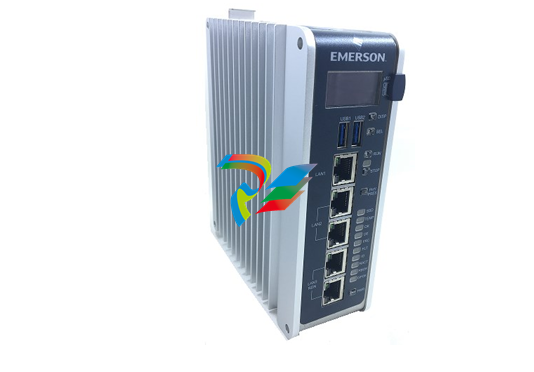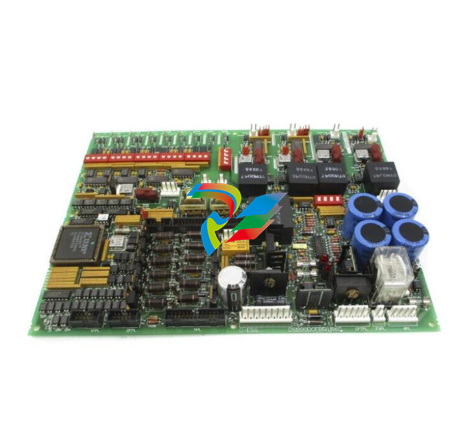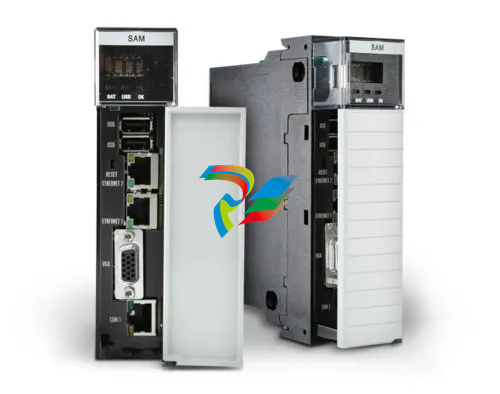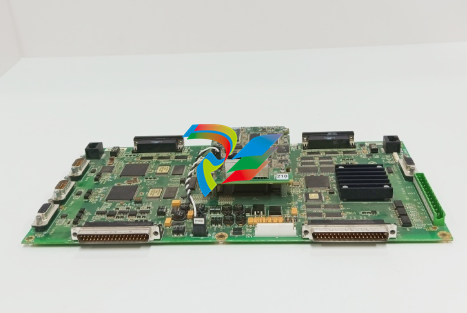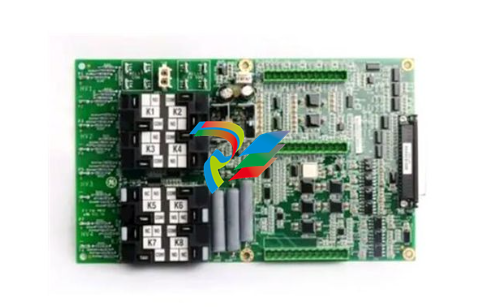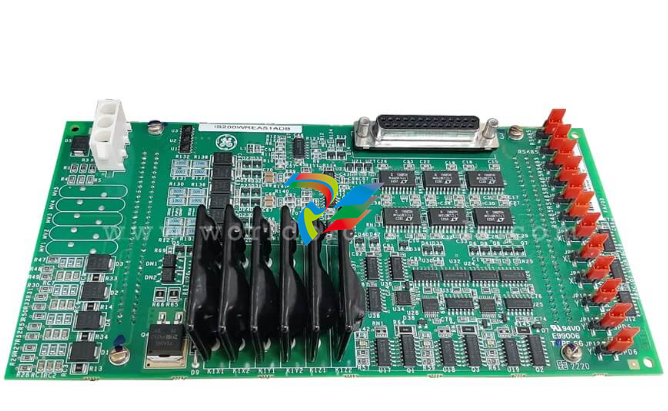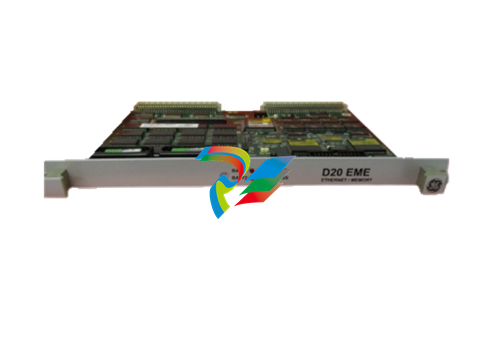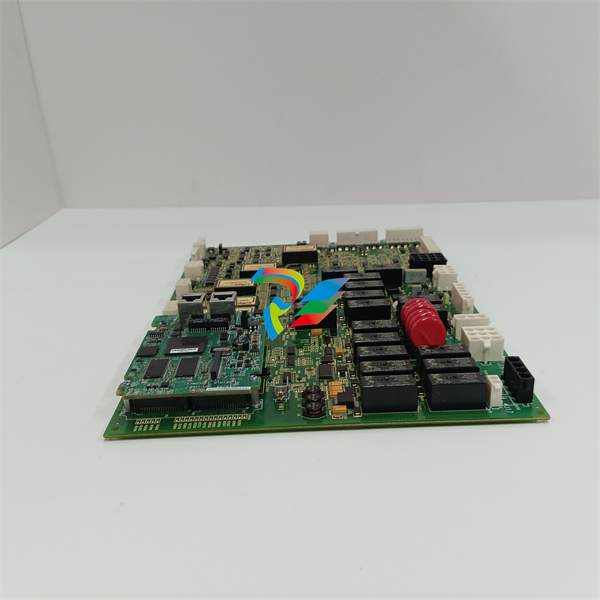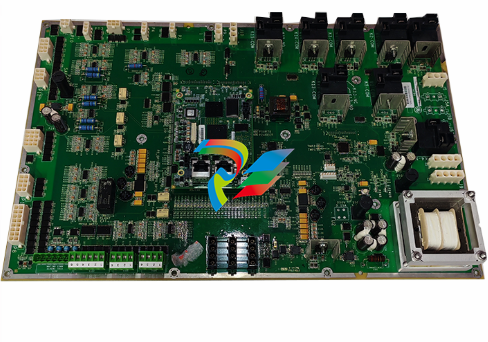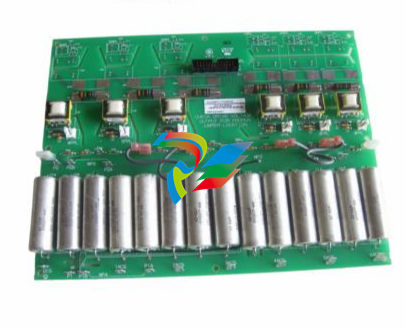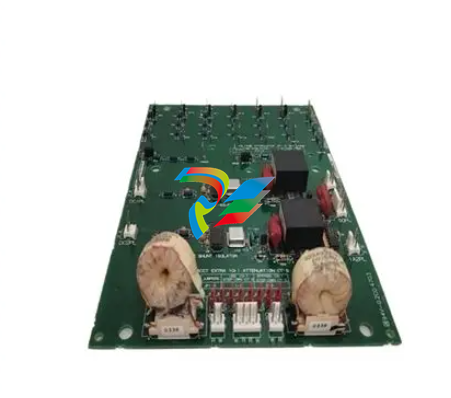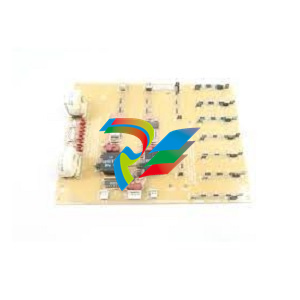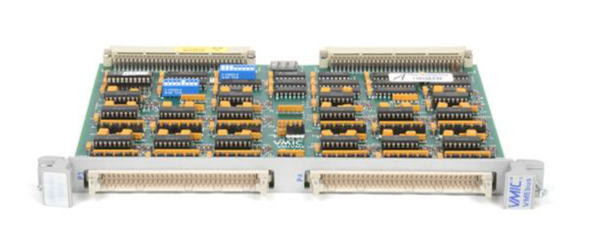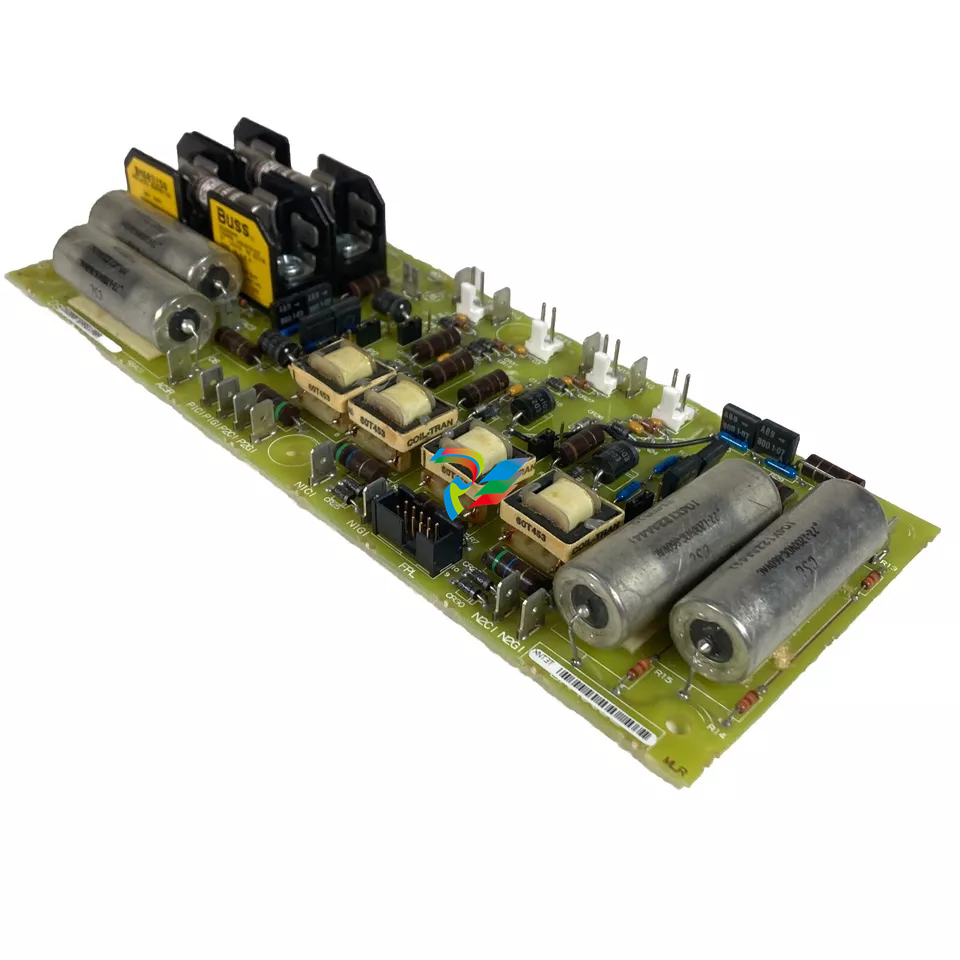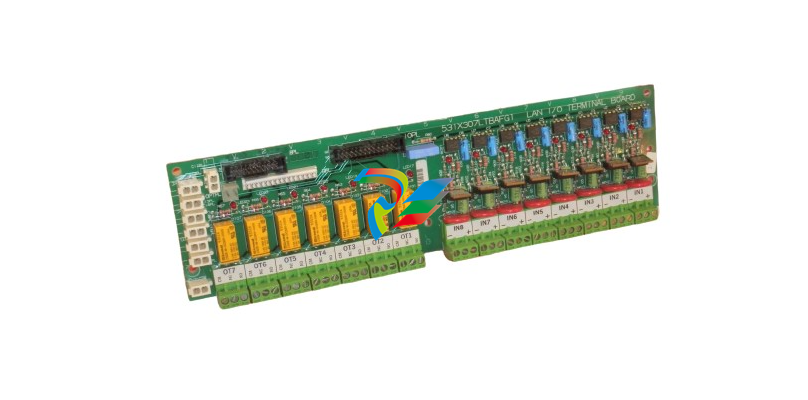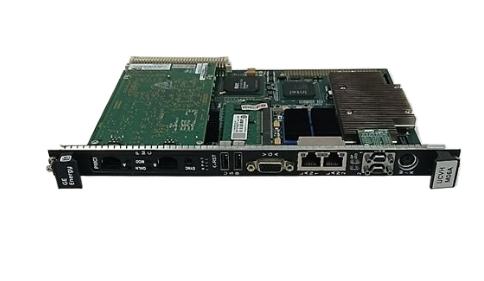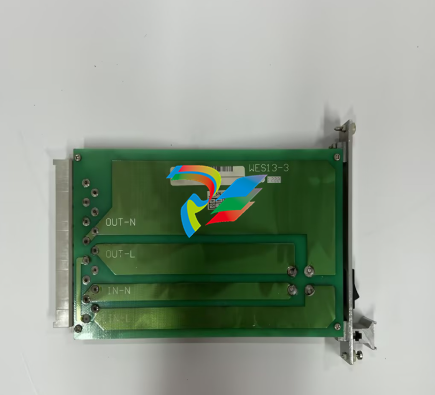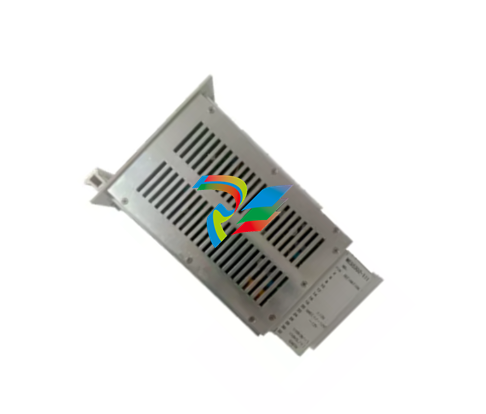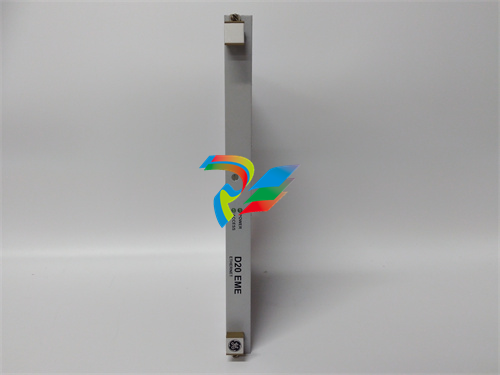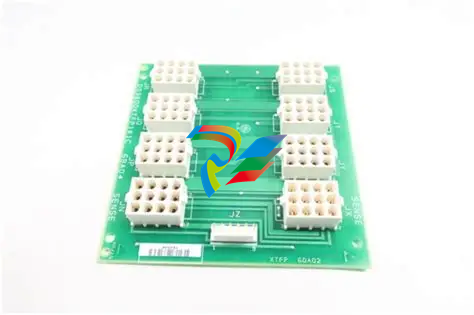
Fireye 45UV5 Self-Checking UV Scanner: Technical Summary
Fireye 45UV5 Self-Checking UV Scanner: Technical Summary
Introduction
This document provides a technical summary of the Fireye 45UV5 series of self-checking ultraviolet (UV) flame scanners. These devices are designed for use in flame safeguard and burner management systems to reliably detect the presence of flames from fossil fuel combustion. All information is based on the Fireye SC-101 product bulletin.
Principle of Operation
The 45UV5 scanner utilizes a gas-filled, UV-sensitive tube as its flame-detecting element. When UV radiation (in the 2200 to 2600 angstrom range) from a flame strikes the tube's electrodes, it causes the internal gas to become conductive, resulting in a series of small, rapid electrical current pulses known as "avalanches." The frequency of these pulses is proportional to the flame's intensity.
The key feature of the 45UV5 is its self-checking mechanism. An integrated electromagnetic shutter periodically closes, blocking the UV tube's view of the flame. During this brief "shutter closed" period, the associated Fireye control verifies that the scanner correctly reports a "no flame" condition, confirming the integrity of the scanner and its circuitry. This fail-safe operation is essential for continuous and supervised burner applications.
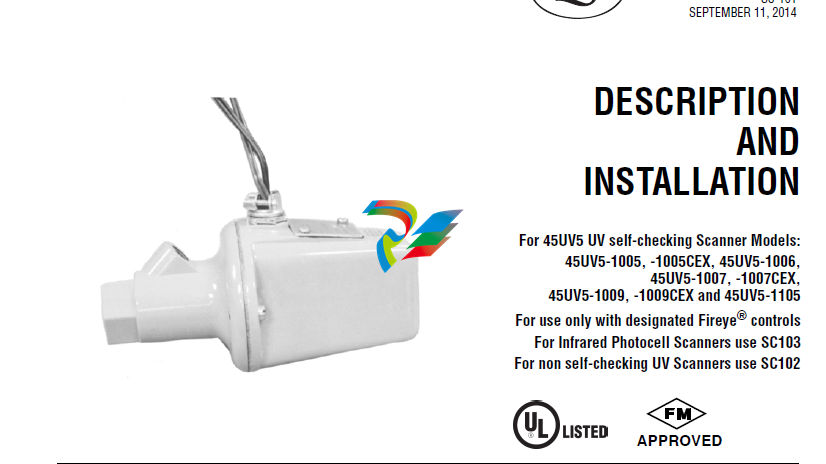
Key Specifications
Application: Detection of UV emissions from flames produced by natural gas, propane, kerosene, light oils, and other fossil fuels.
Compatible Controls: Designed for exclusive use with specific Fireye controls, including Flame-Monitor, BurnerLogix, D-Series, Flame-Worx, and MicroM models.
Housing: Rugged cast aluminum housing, sealed with an oil-resistant gasket. Models for hazardous areas (e.g., 45UV5-1005CEX) are available in an EExd II CT6 rated enclosure.
Operating Temperature: -40°F to 200°F (-40°C to 93°C).
Shutter Mechanism:
Models 45UV5-1005/1105: Shutter is driven by a pulsating DC voltage from the control.
Models 45UV5-1006/1007/1009: Shutter drive circuitry is contained within the scanner and powered by line voltage (102-264 VAC).
Signal Voltage: The UV tube is driven by a high voltage (approx. 560 VAC) supplied by the control.
Purge Air: Requires a continuous supply of clean purge air (typically 4 SCFM, up to 15 SCFM for hot or dirty environments) to keep the quartz lens clean and to cool the scanner housing.
Installation & Sighting
Proper installation is critical for reliable flame detection and discrimination (the ability to see only its own burner's flame).
Sighting: The scanner should be aimed at the base of the flame, intersecting the burner centerline at a slight angle. The line of sight must be unobstructed and should cover both the pilot and main flames.
Mounting: A 1-inch sight pipe is typically used. For adjustability, a swivel mount (P/N 60-1664-3/4) is recommended. The sight pipe should be slanted downward to prevent dust accumulation.
Wiring: Scanner wiring must be run in a separate conduit from high-voltage ignition wiring to prevent interference. For runs over 25-100 feet (depending on the model), shielded coaxial cable (e.g., Belden 8254-RG62U) is recommended for the signal wires to minimize signal loss.
Minimum Pilot Test: A critical commissioning step to ensure the scanner only detects a pilot flame that is stable and large enough to reliably ignite the main burner.
Maintenance & Troubleshooting
The scanner and its sight pipe must be kept clean. The quartz lens and UV tube can be cleaned with a non-abrasive glass cleaner.
The scanner is a fail-safe device. Common failure modes are UV tube failure or shutter failure.
Tube Failure: Can cause a "false flame" signal during prepurge (leading to a lockout) or an inability to detect a real flame. The solution is to replace the UV tube (P/N 4-314-1).
Shutter Failure: If the shutter fails to open or close correctly, the system will shut down and lock out during the trial-for-ignition period. The entire scanner assembly must be replaced.
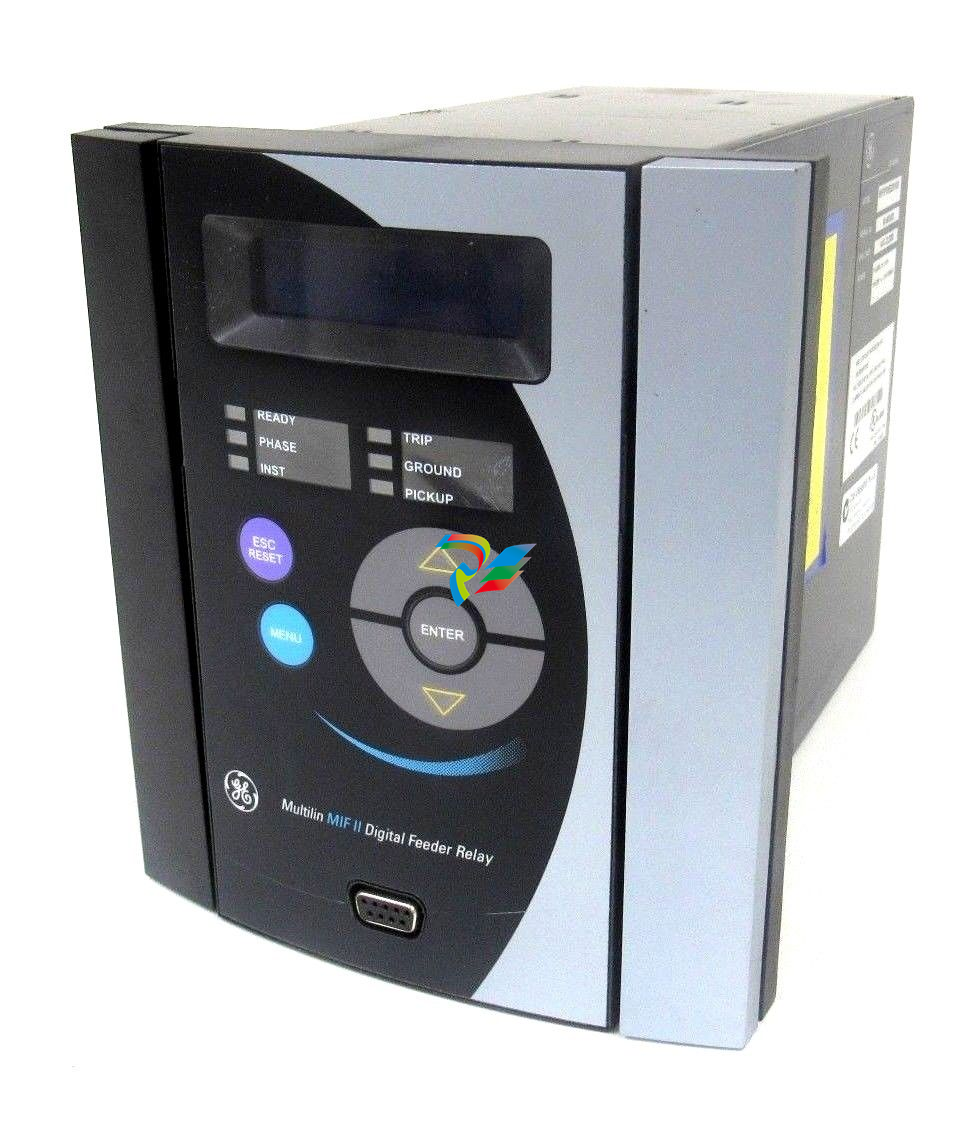
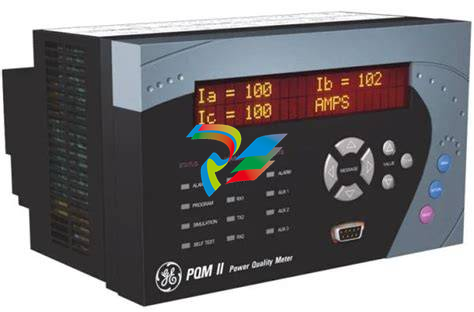
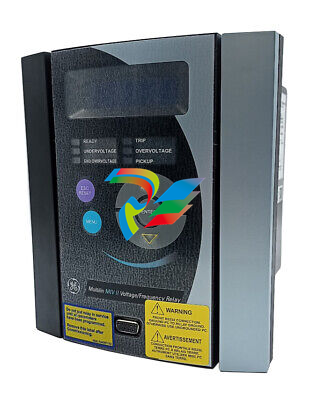
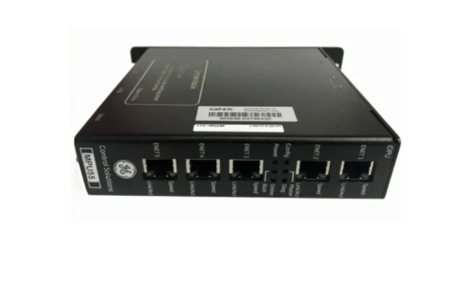
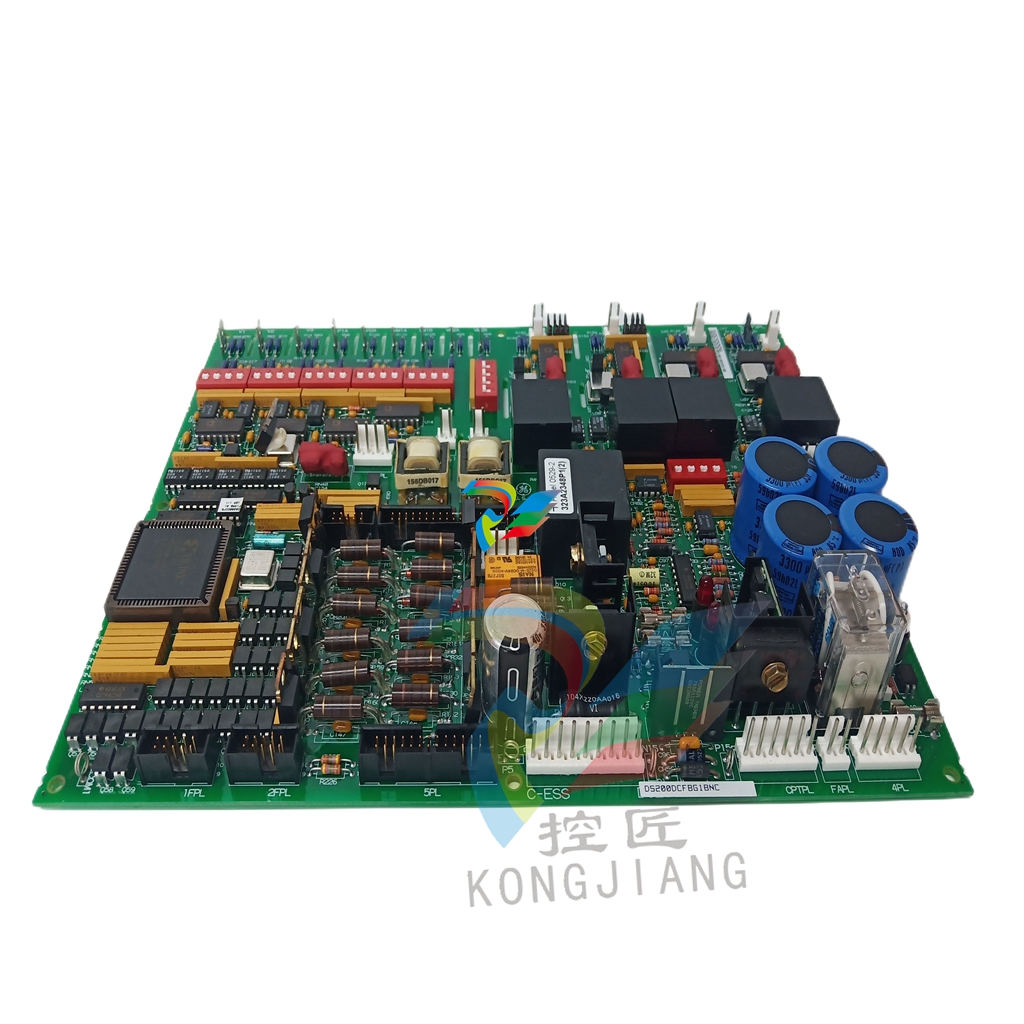
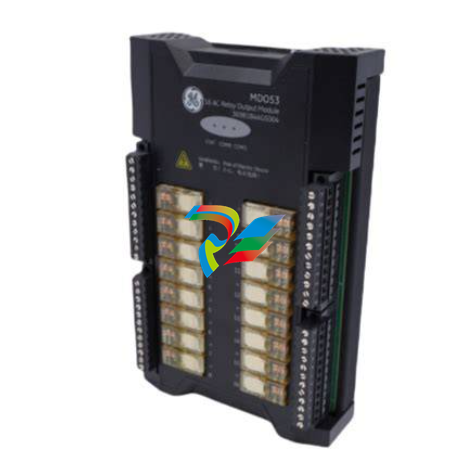
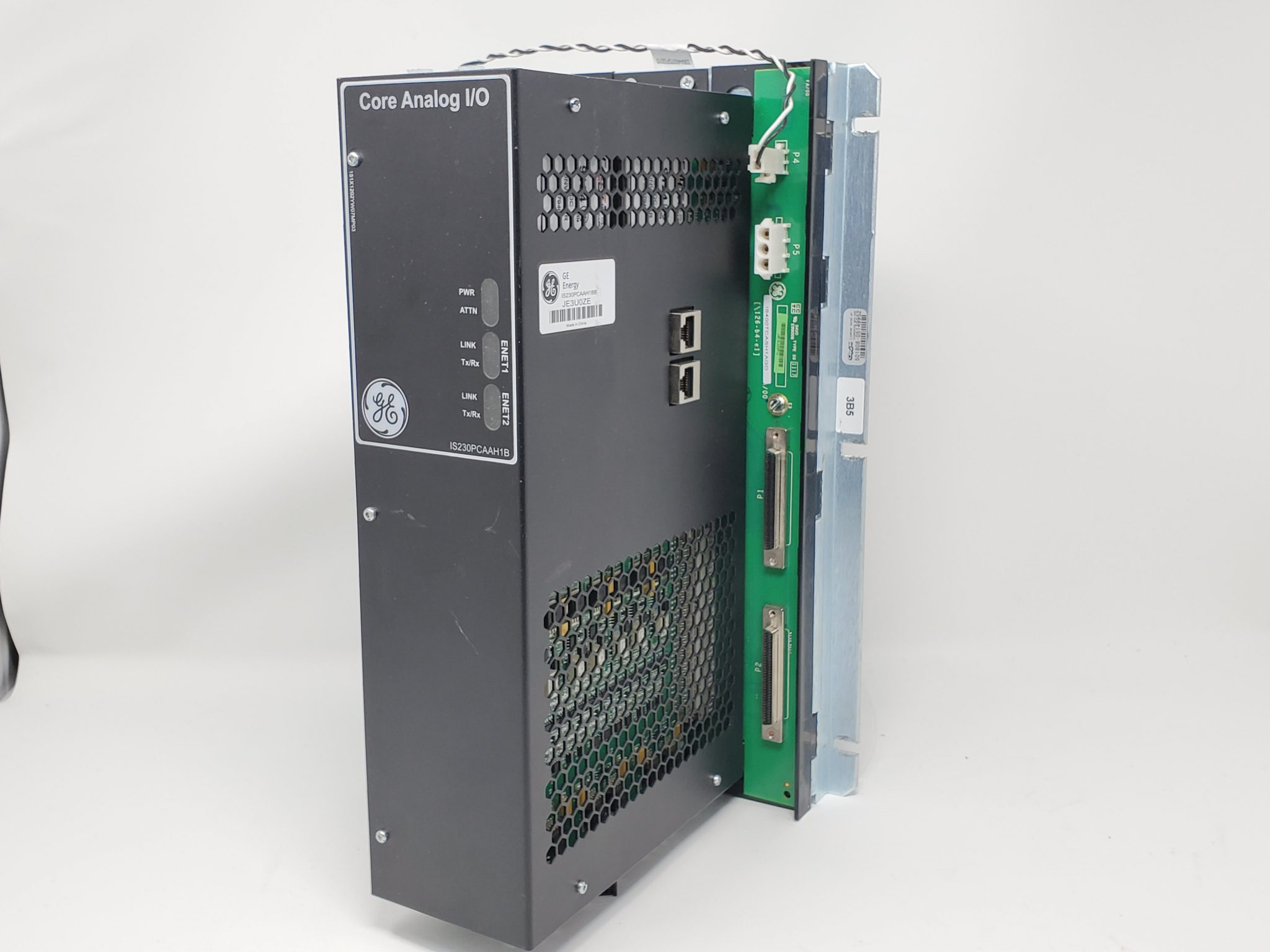
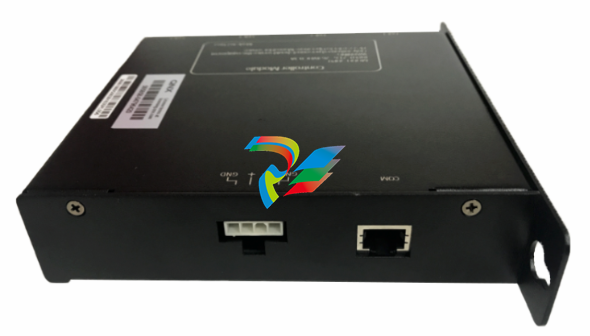
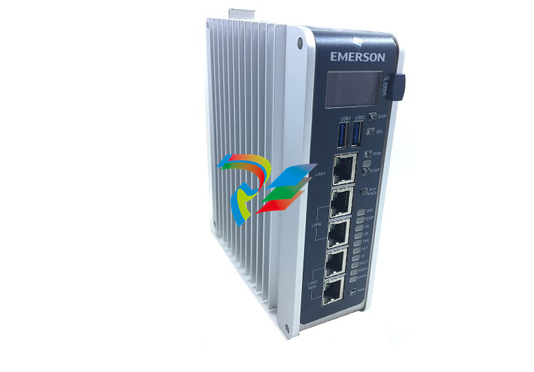
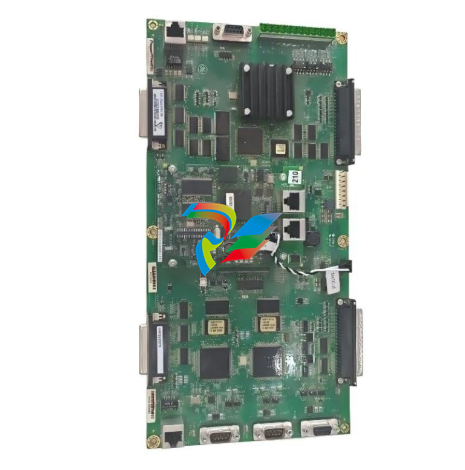
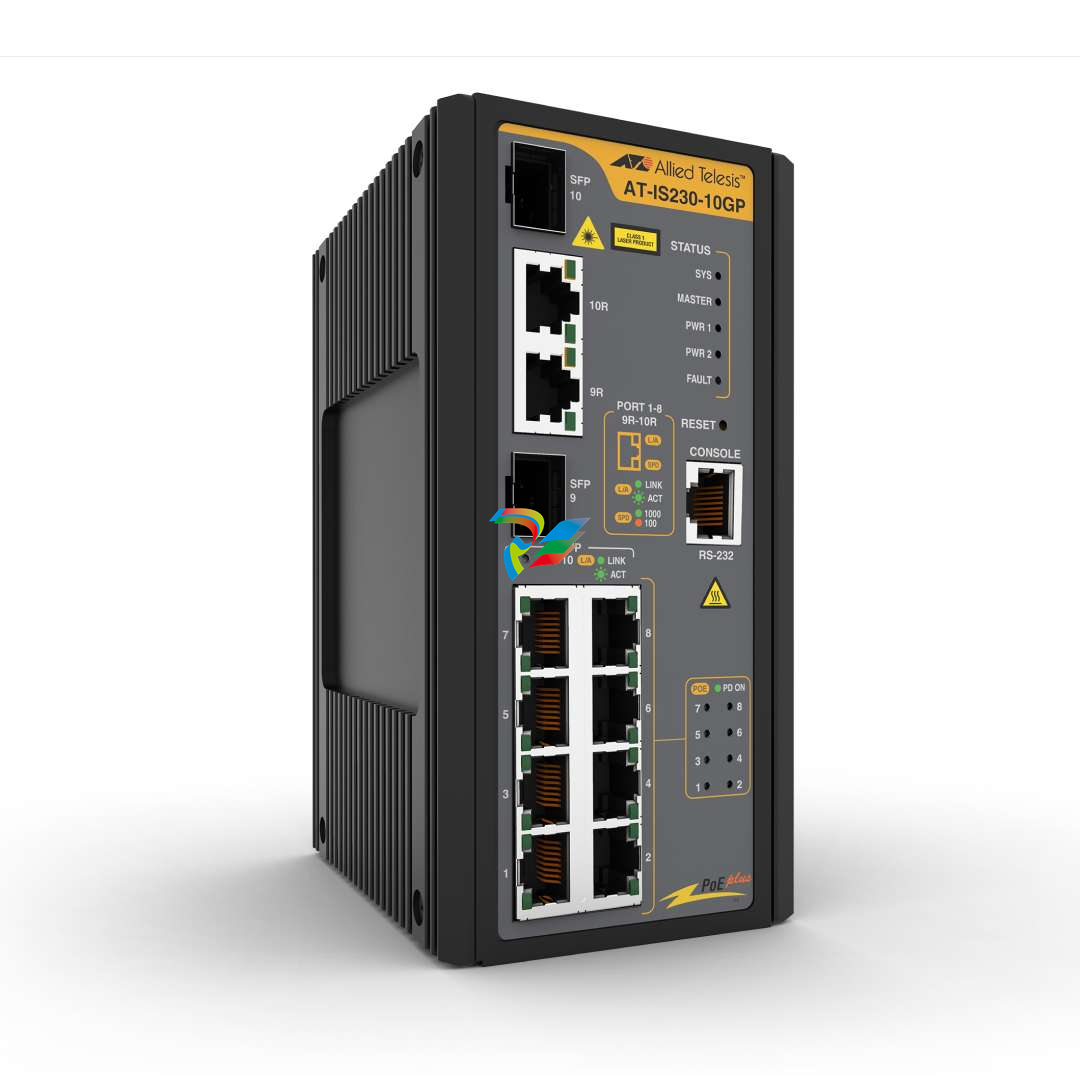



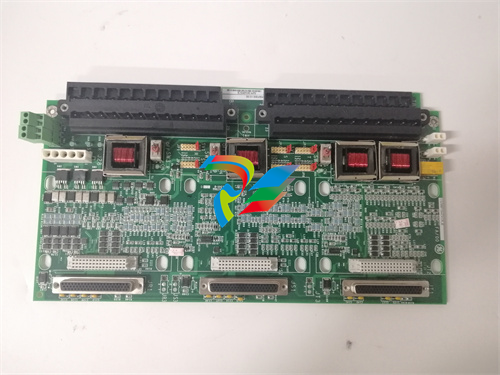
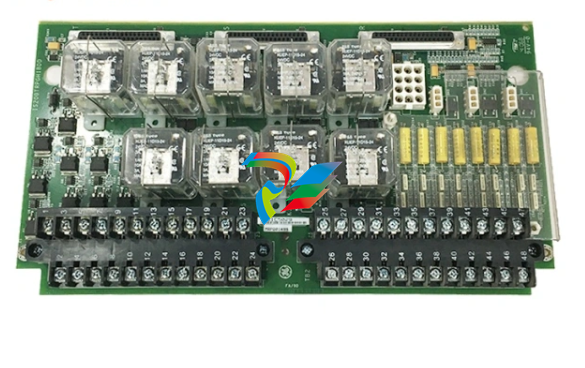
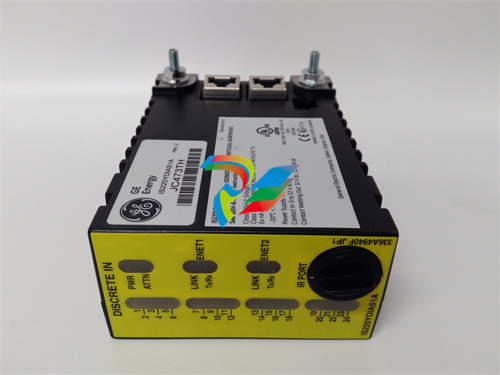
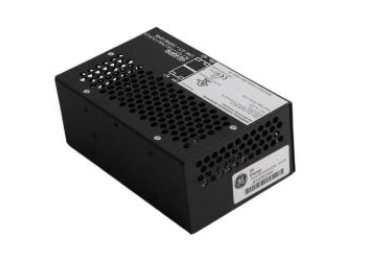
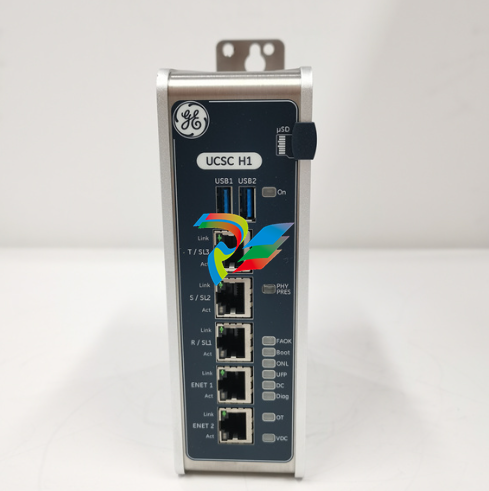
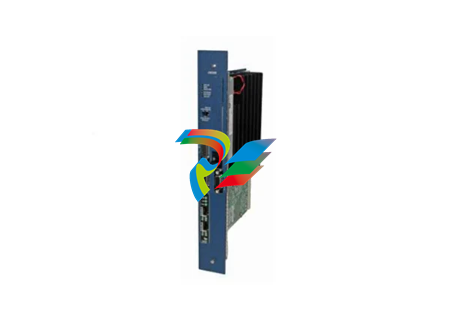
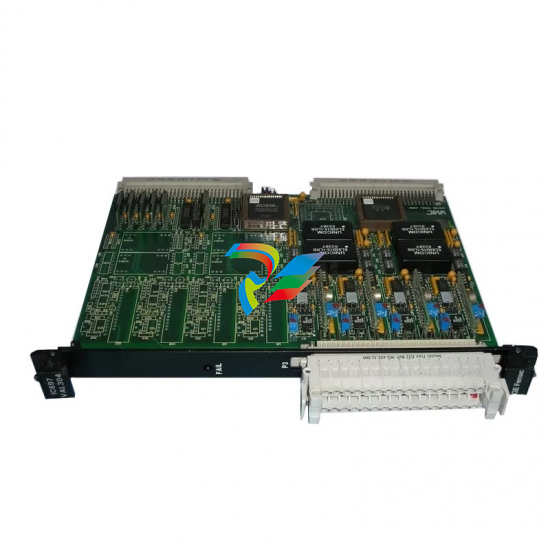
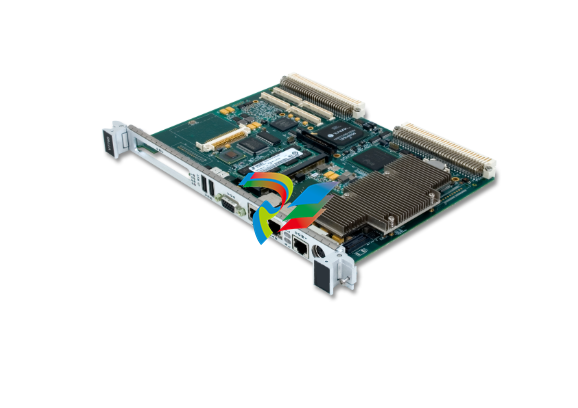
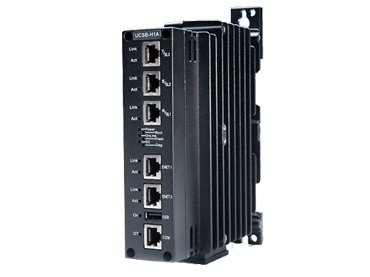
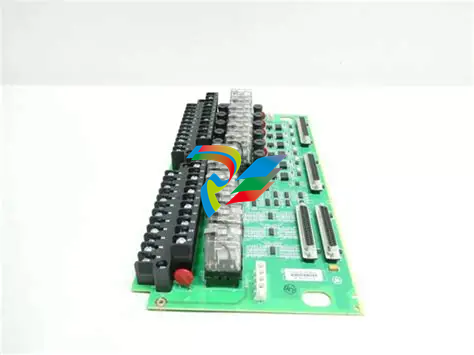
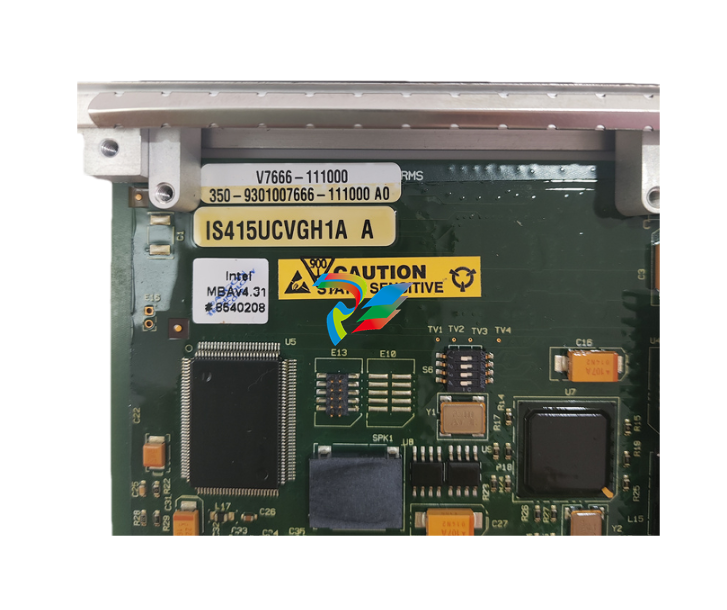
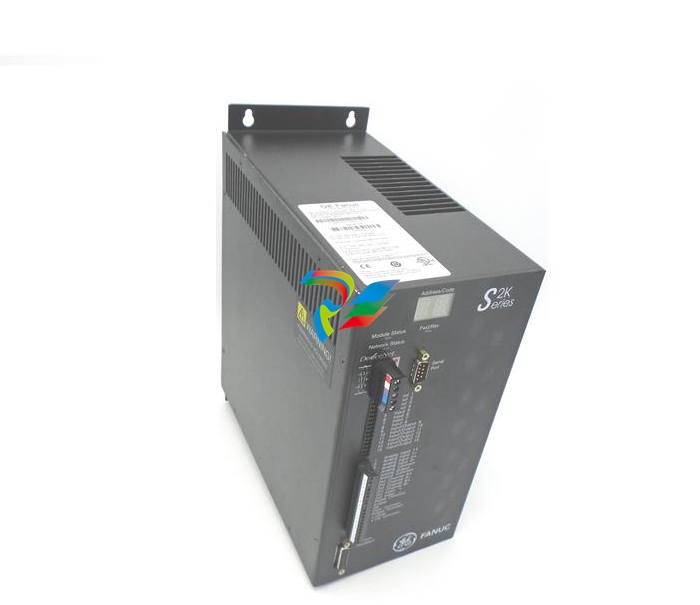
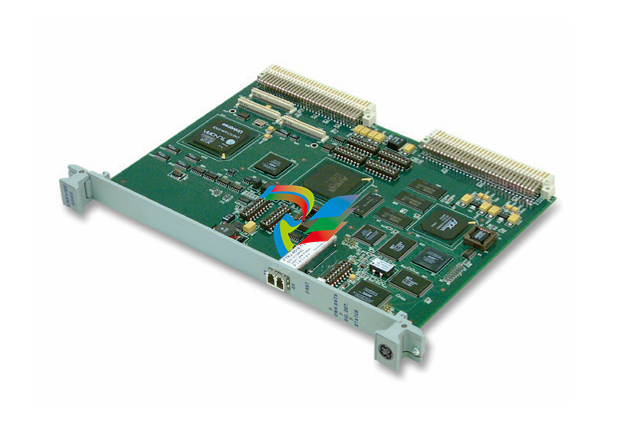
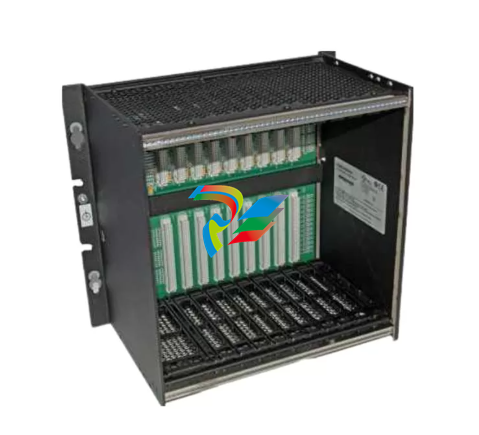
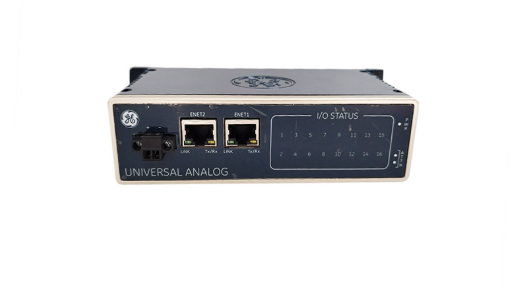
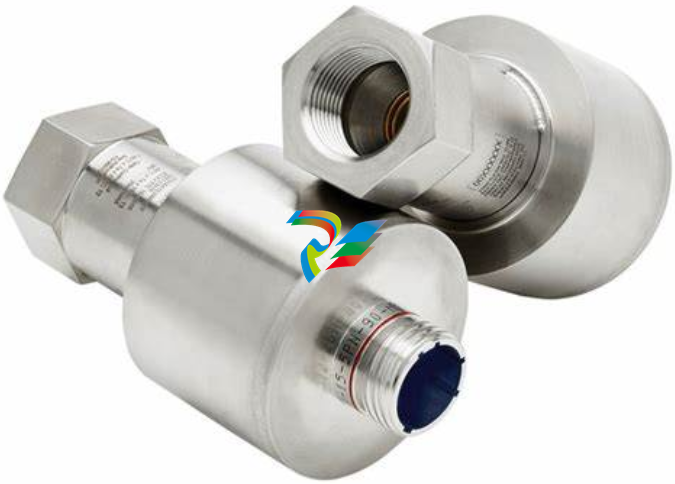
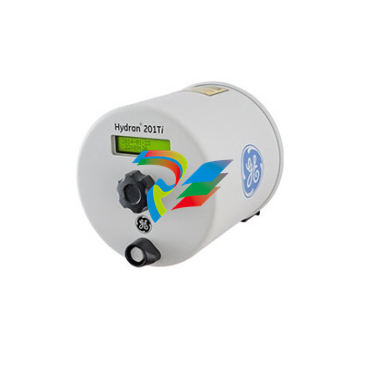
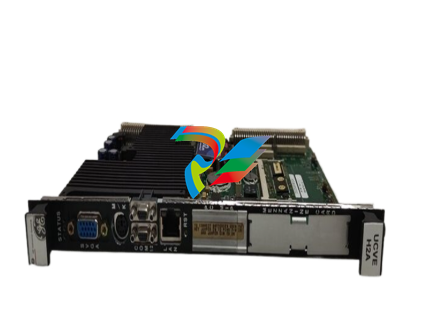
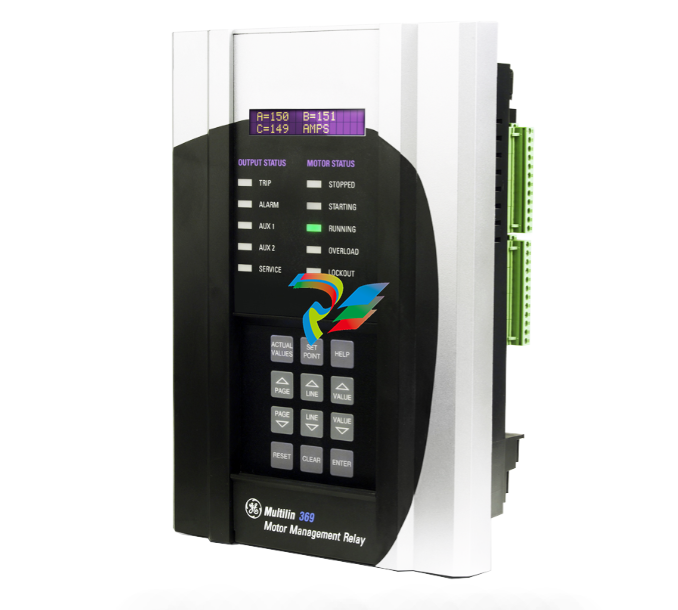
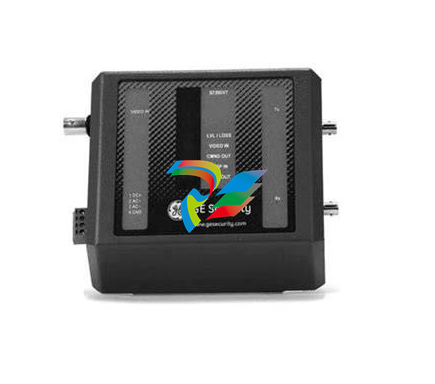
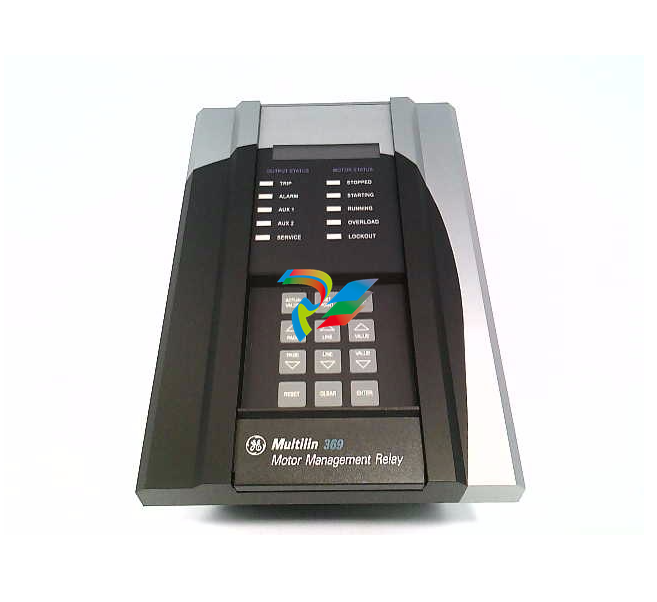
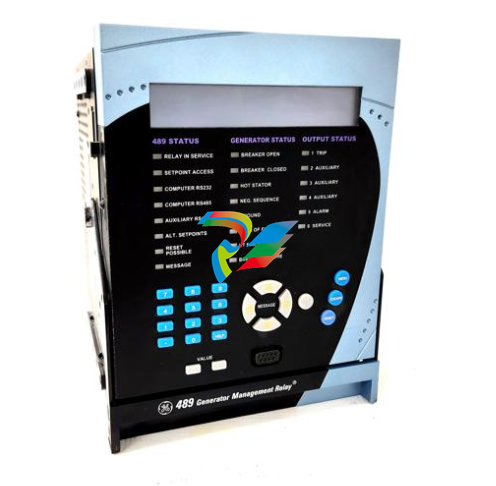
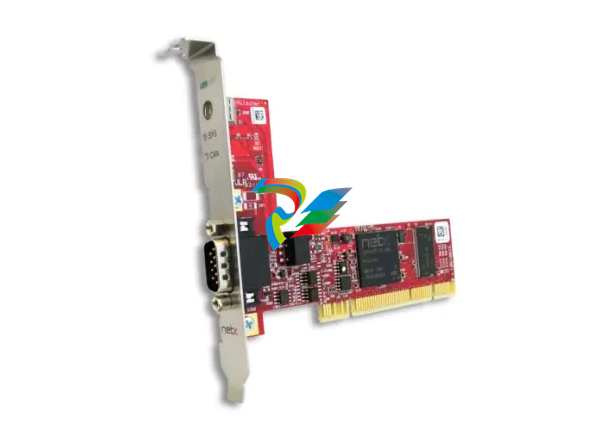


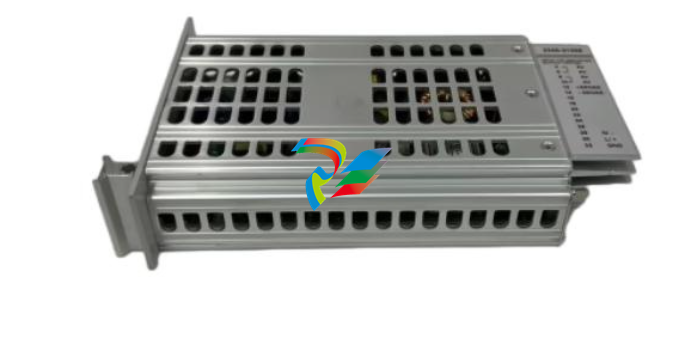
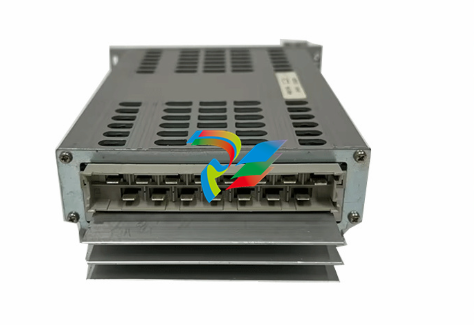

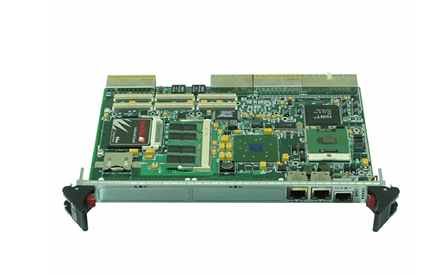
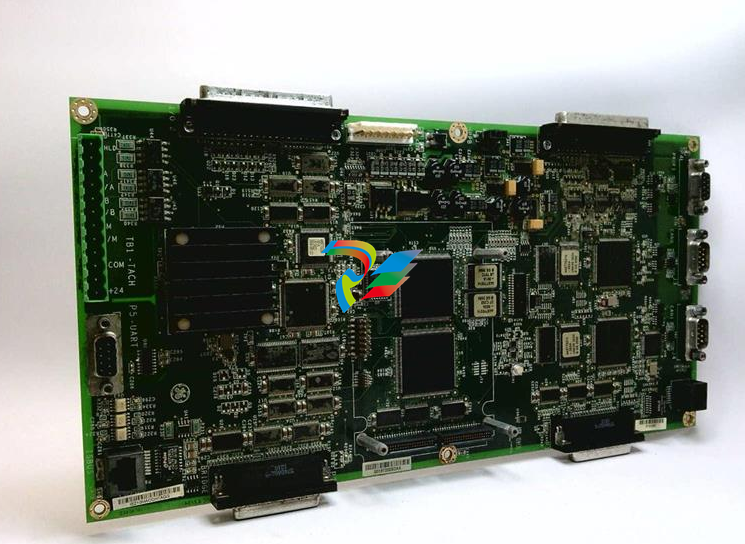


.jpg)
